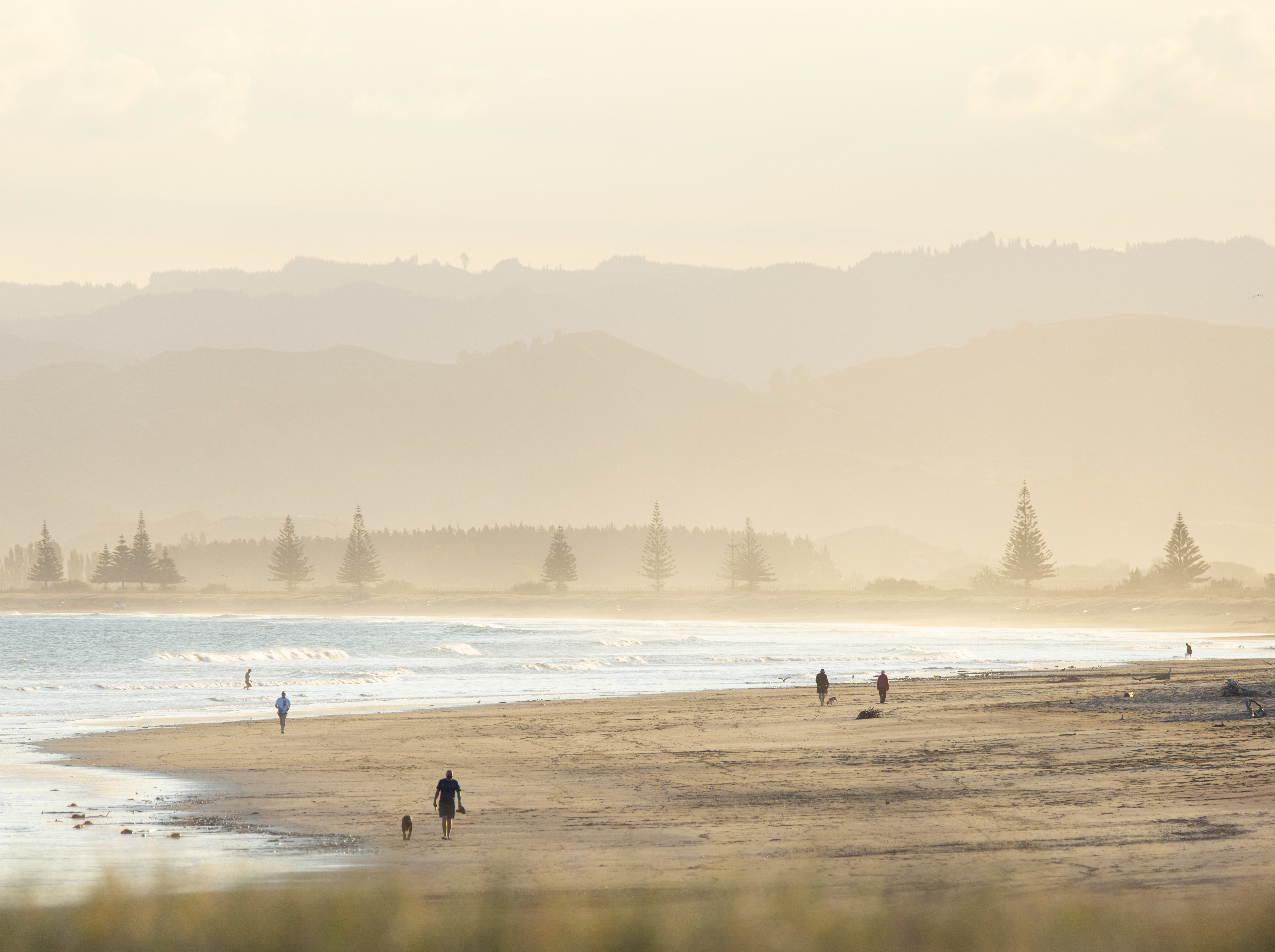November brought both challenges and opportunities for tourism in Tairāwhiti. Here's a quick rundown:
There was a noticeable lag in accommodation usage compared to the previous year, with commercial guest nights dropping by 15 percent and short-term rental occupancy falling by 14 percentage points. In the job market, tourism-related industries experienced a 5 percent decline in filled positions, particularly in the food and beverage sector within the Gisborne district. On a positive note, Gisborne saw a 14 per cent increase in recreation services jobs, with growth also observed in transport and travel services jobs.
International visitor card spending showed a strong upward trend, surpassing the national average. American visitors led the way with an impressive 31 percent increase in spending. On the domestic front, Auckland visitors' spending rose by 22 percent while spending from Waikato and Wellington visitors saw significant declines.
Despite declines in accommodation use, card spending trends painted a different picture. International card spending rose by 15 percent, while domestic card spending saw a slight dip of 2 percent. The commercial accommodation sector remained relatively stable in occupancy rates, despite a drop in guest nights, thanks to a reduction in supply. Interestingly, the expected seasonal boost in holiday park usage didn't materialise, resulting in a notable drop in guest nights. On the other hand, small motels experienced an 8 percent increase in total guest nights.

